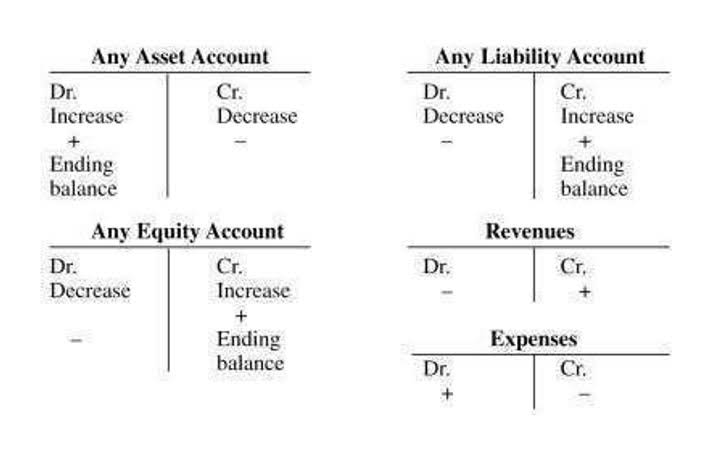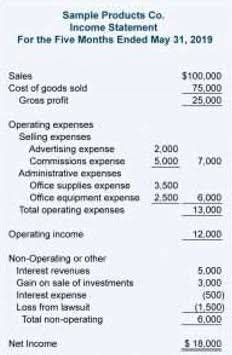
He has worked as an accountant and consultant for more than 25 years and has built financial models for all types of industries. He has been the CFO or controller of both small and medium sized companies and has run small businesses of his own. He has been a manager and an auditor with Deloitte, a big 4 accountancy firm, and holds a degree from Loughborough University. It is important to realize that the LIFO reserve is sometimes referred to as excess of FIFO over LIFO cost, LIFO allowance, or revaluation to LIFO.
The Dynamics of LIFO Liquidation
By selling the newest inventory first, the cost of goods sold reflects current market prices, potentially leading to higher reported costs and lower taxable income, assuming prices are rising. This can be beneficial for businesses looking to minimize tax liabilities in the short term. Most companies use the first in, first out (FIFO) method of accounting to record their sales. The last in, first out (LIFO) method is suited to particular businesses in particular times. That is, it is used primarily by businesses that must maintain large and costly inventories, and it is useful only when inflation is rapidly pushing up their costs.
LIFO Method Formula
- LIFO and FIFO are both inventory valuation methods, but they use different goods first, resulting in different implications for calculating inventory value, cost of goods sold, and taxable income.
- With first in, first out (FIFO), you sell the oldest inventory first—and with LIFO, you sell the newest inventory first.
- In periods of rising prices, constant increases in costs can create a credit balance in the LIFO reserve, which results in reduced inventory costs when reported on the balance sheet.
- More frequent cycle counts focused on high-value SKUs also contribute to improved precision of LIFO figures between full audits.
- Many countries, such as Canada, India and Russia are required to follow the rules set down by the IFRS (International Financial Reporting Standards) Foundation.
Besides, financial ratios are very crucial when comparing the performance of different companies working in the same industry. It is the difference between the reported inventory under lifo adjustment the LIFO method and the FIFO method. With this data, you can compute the value of ending inventory under LIFO (last units purchased are first sold) and FIFO (first units purchased are first sold). When the company provides this reserve, we can easily calculate FIFO inventory using the below formula.

What Is LIFO Method? Definition and Example

This allows companies to better adjust their financial statements and budget in regards to sales, costs, taxes, and profits. To calculate FIFO, multiply the amount of units sold by the cost of your oldest inventory. If the number of units sold exceeds the number of oldest inventory items, move on to the next oldest inventory and multiply the excess amount by that cost.
The use of LIFO reserve in ratios analysis:
In contrast, using the FIFO method, the $100 widgets are sold first, followed by the $200 widgets. So, the cost of the widgets sold will be recorded as $900, or five at $100 and two at $200. Companies should perform complete physical inventory audits periodically, such as annually, to verify inventory quantities on-hand. Audits help uncover any counting errors, theft, damage, online bookkeeping obsolescence issues, or other problems causing differences between booked LIFO reserve levels and actual inventory. Discrepancies identified can then be addressed through LIFO reserve adjustments. More frequent cycle counts focused on high-value SKUs also contribute to improved precision of LIFO figures between full audits.
- The balance on the LIFO reserve will represent the difference between the FIFO and LIFO inventory amounts since the business first started using the LIFO inventory method.
- Under the LIFO reserve equation, LIFO reserve is the difference between the cost of Inventory computed using the FIFO Method and the LIFO Method.
- Under the LIFO method, it is assumed that the most recently purchased or produced inventory items are sold first.
- This approach can significantly influence a company’s financial health and tax obligations.
- These may be companies like fashion retailers or booksellers whose customers are interested in new trends, meaning that the business must regularly buy and sell new goods.
Inventory Valuation Method):

This can be complex and time-consuming, especially for businesses with high inventory turnover. However, modern inventory management software, such as QuickBooks and NetSuite, can streamline this process by automating the tracking and calculation of LIFO layers, reducing the administrative burden on businesses. The Last In, First Out (LIFO) inventory method operates on the assumption that the most recently acquired items are the first to be sold. This principle contrasts with the First In, First Out (FIFO) method, where the oldest inventory is sold first. By prioritizing the sale of newer inventory, LIFO can lead to different financial outcomes, particularly in terms of cost of goods sold (COGS) and ending inventory valuation.
- FIFO assumes a regular inventory turnover, and the remaining inventory has a higher value compared to other inventory valuation methods.
- As long as your inventory costs increase over time, you can enjoy substantial tax savings.
- A U.S. company’s accounting system uses FIFO, but the company wants its financial and income tax reporting to use LIFO due to the persistent increases in the cost of its inventory items.
- Current ratio is a widely used metric to analyze and compare the liquidity of companies.
- This approach can be particularly beneficial for industries with rapid inventory turnover, such as retail and manufacturing, where the impact of inflation is felt more immediately.
LIFO might be a good option if you operate in the U.S. and the costs of your inventory are increasing or are likely to go up in the future. By using this method, you’ll assume the most recently produced or purchased items were sold first, resulting in higher costs and lower profits, all while reducing your tax liability. The decision to use the LIFO method depends on a company’s specific circumstances, including its industry, location, and financial strategy. Businesses with large inventories, such as wholesale distributors, retail chains, and manufacturing companies, might choose the LIFO method. For these entities, the potential tax savings and cash flow benefits from deferring taxes can be substantial, especially in an inflationary economic environment. It’s important to consider these aspects carefully when deciding whether to adopt the LIFO method for inventory management and accounting.

It allows them to record lower taxable income at times when higher prices are putting stress on their operations. Analysts often adjust financial statements to account for the differences between LIFO and FIFO to make more accurate comparisons between companies https://www.bookstime.com/ using different inventory methods. This adjustment process, known as LIFO reserve adjustment, involves adding the LIFO reserve (the difference between LIFO and FIFO inventory valuations) back to the LIFO inventory value. This adjustment helps in presenting a more comparable financial picture but requires additional effort and understanding from analysts and investors. Each batch of inventory purchased creates a new layer, and under LIFO, the most recent layer is the first to be depleted.
International Accounting Standards and LIFO
We’re a headhunter agency that connects US businesses with elite LATAM professionals who integrate seamlessly as remote team members — aligned to US time zones, cutting overhead by 70%. We see through a hypothetical example how the formula can be used to calculate the reserve and liquidation example also explains the procedure to calculate the same. As the above entry shows, the value of COG rises due to higher value of the recent materials that will move out of the inventory stock first. Although there are many differences between the two sets of standards, the IFRS is considered to be more ‘principles-based’, while GAAP is thought to be more ‘rules-based’. The FIFO method of evaluating inventory is where the goods or services produced first are the goods or services sold first, or disposed of first. The LIFO method of evaluating inventory is when the goods or services produced last are the ones to be sold or disposed of first.


 Ei̇dman Və Kazino Mərcləri >> Depozit Bonusu $1000 – 317
Ei̇dman Və Kazino Mərcləri >> Depozit Bonusu $1000 – 317